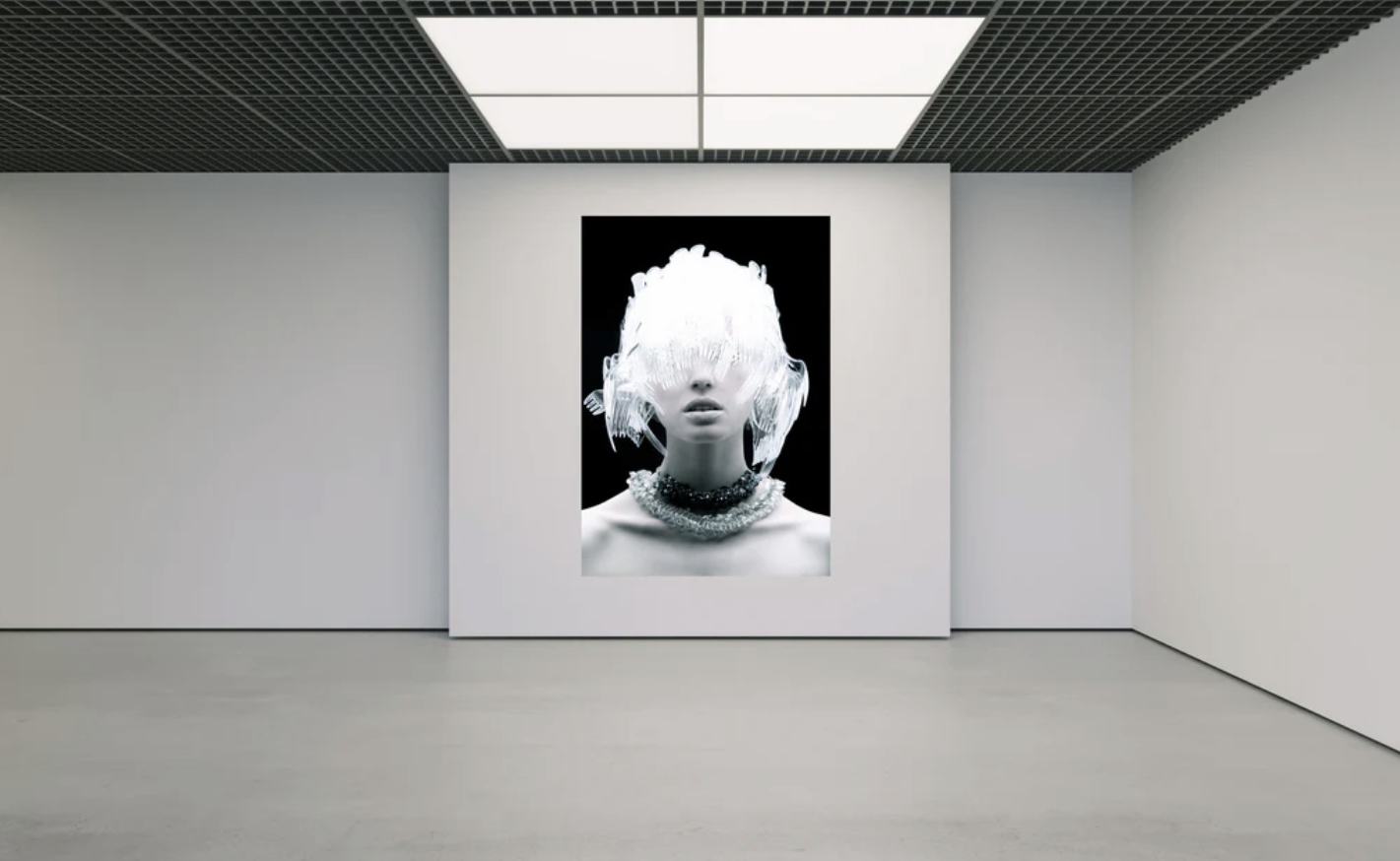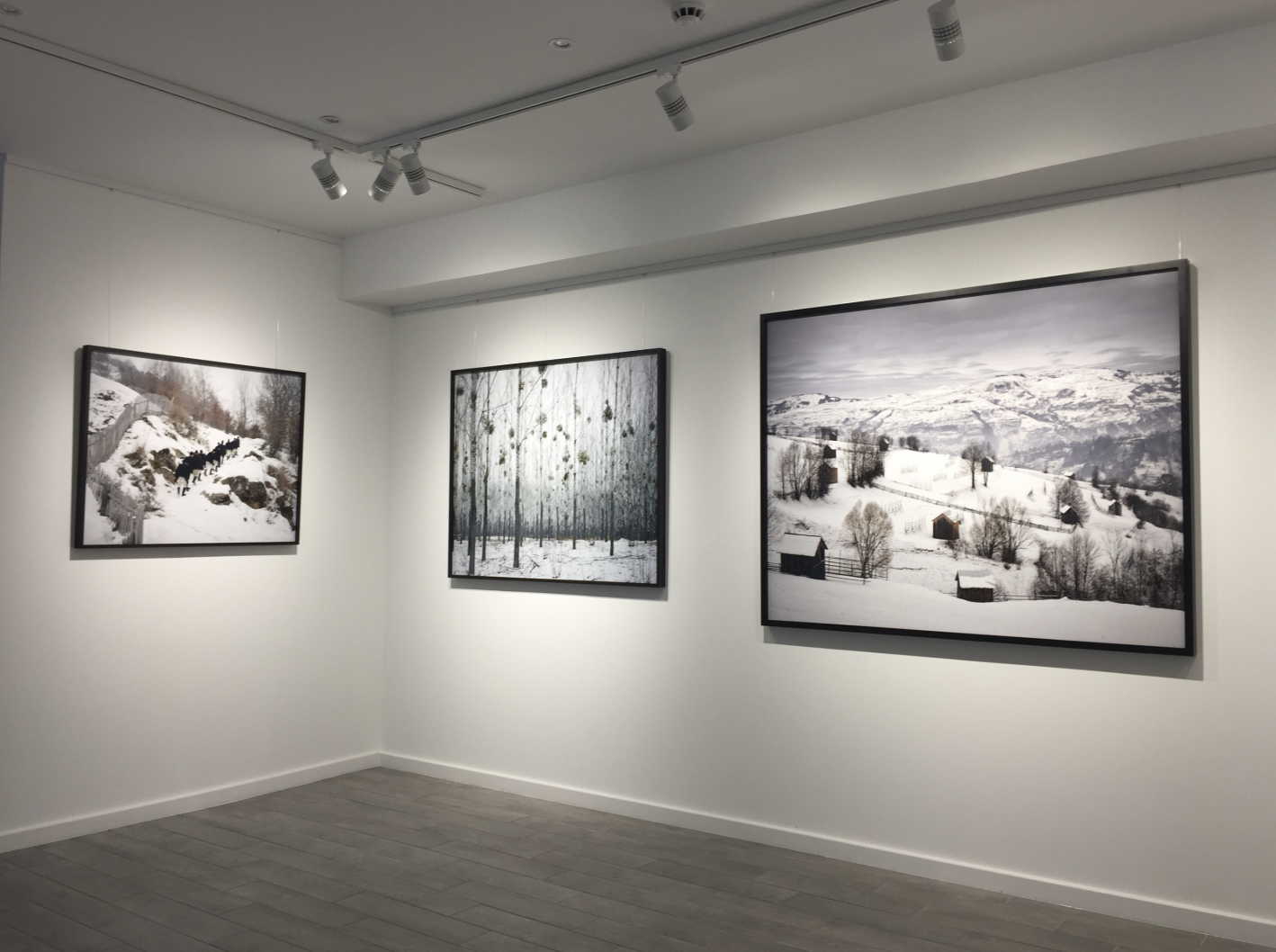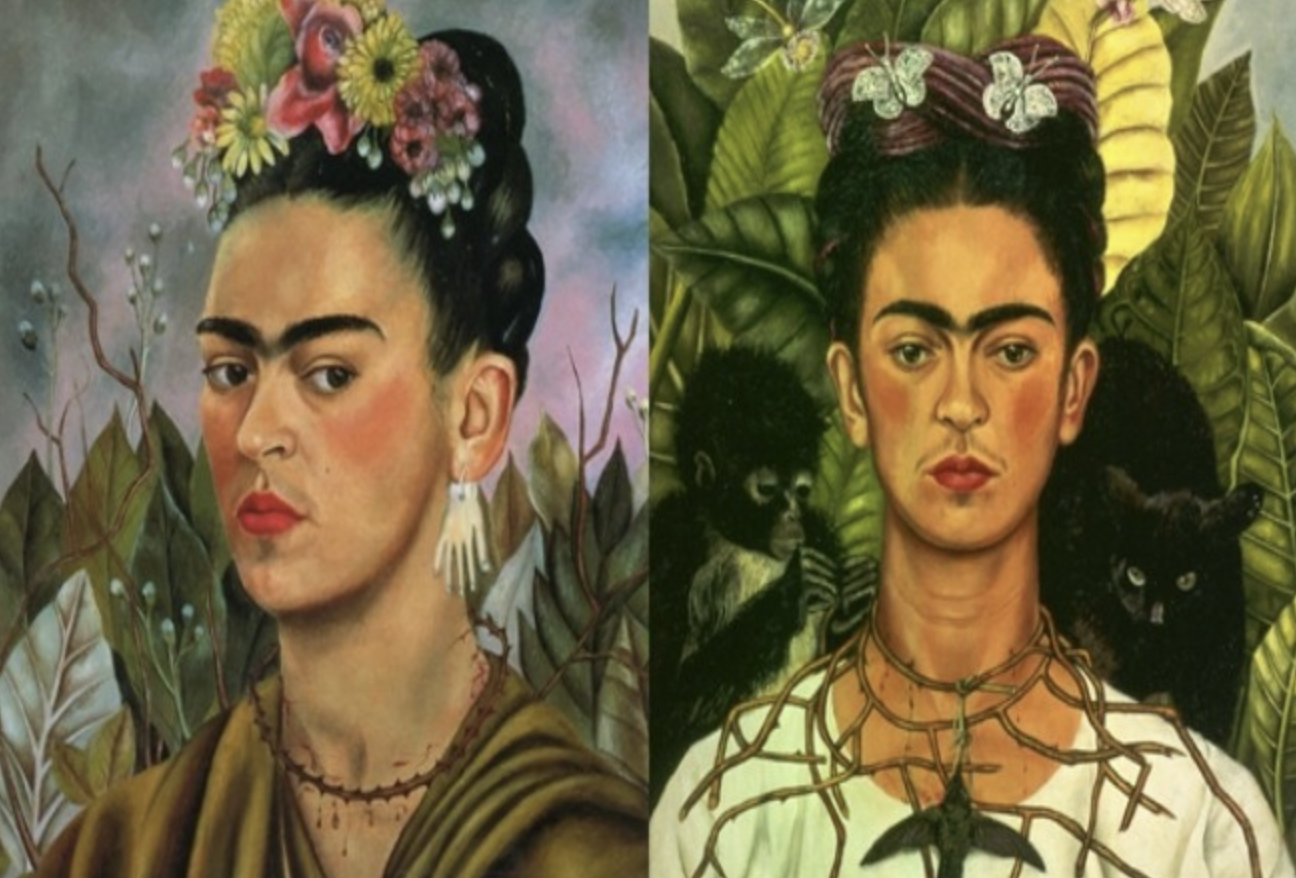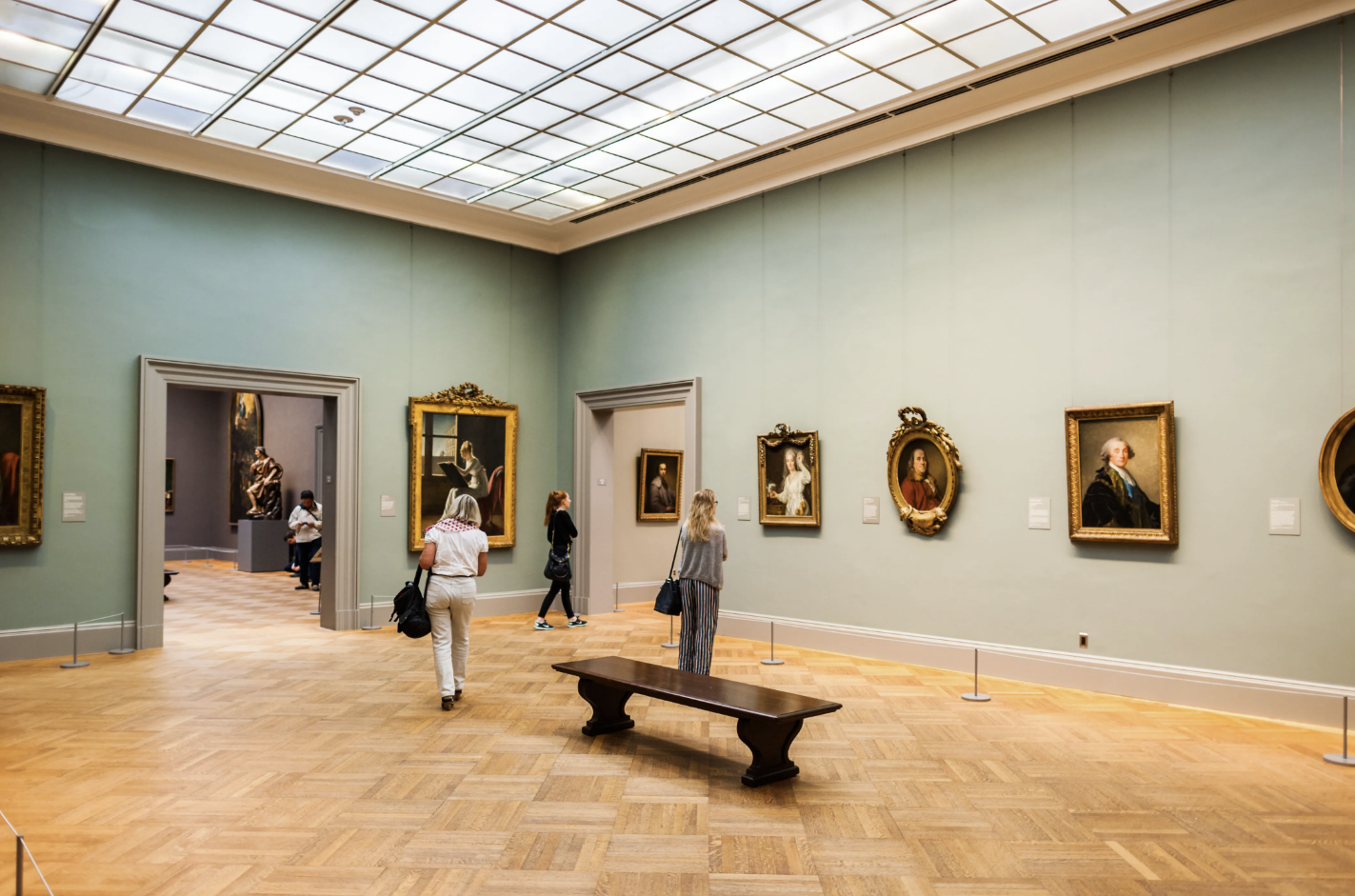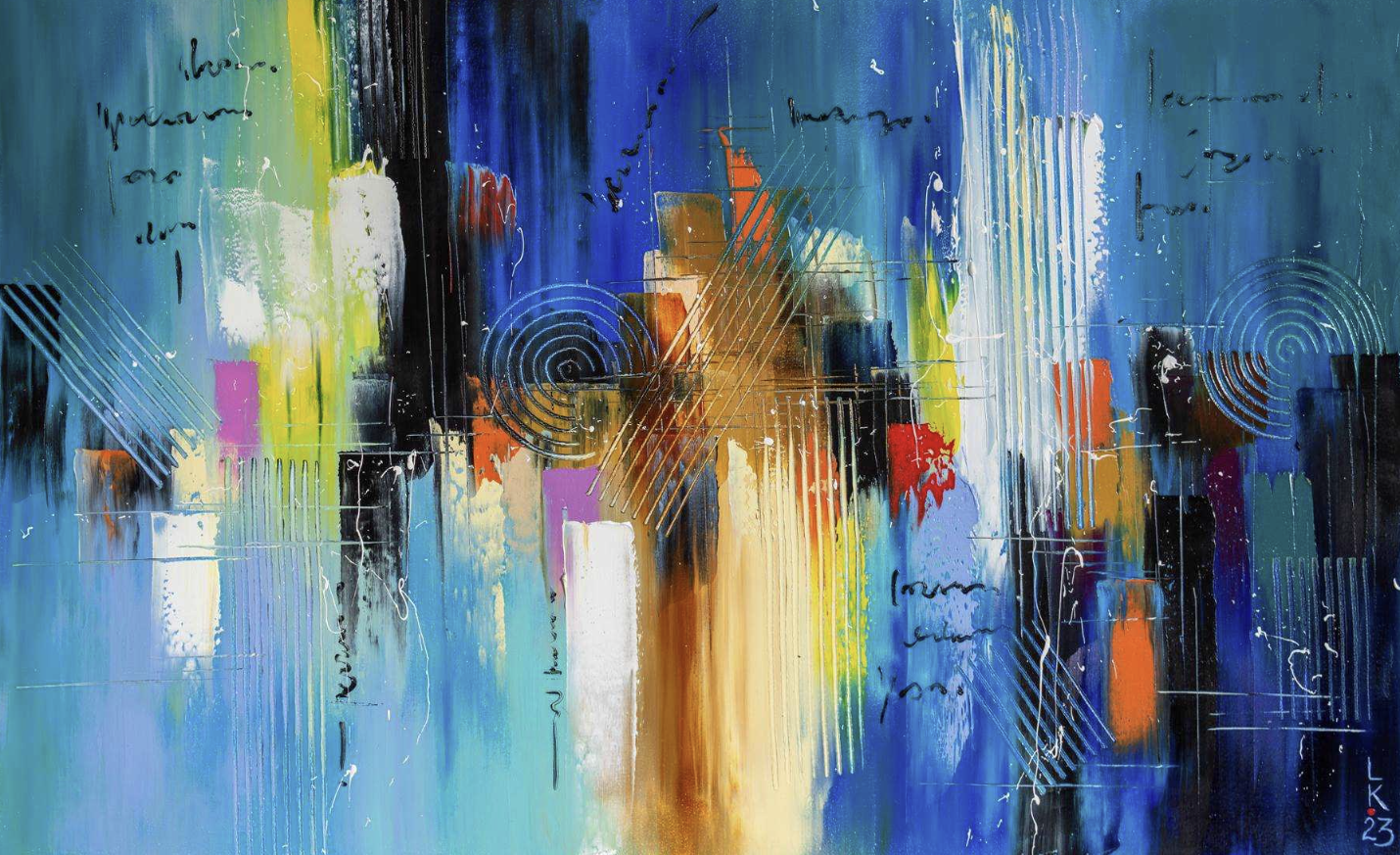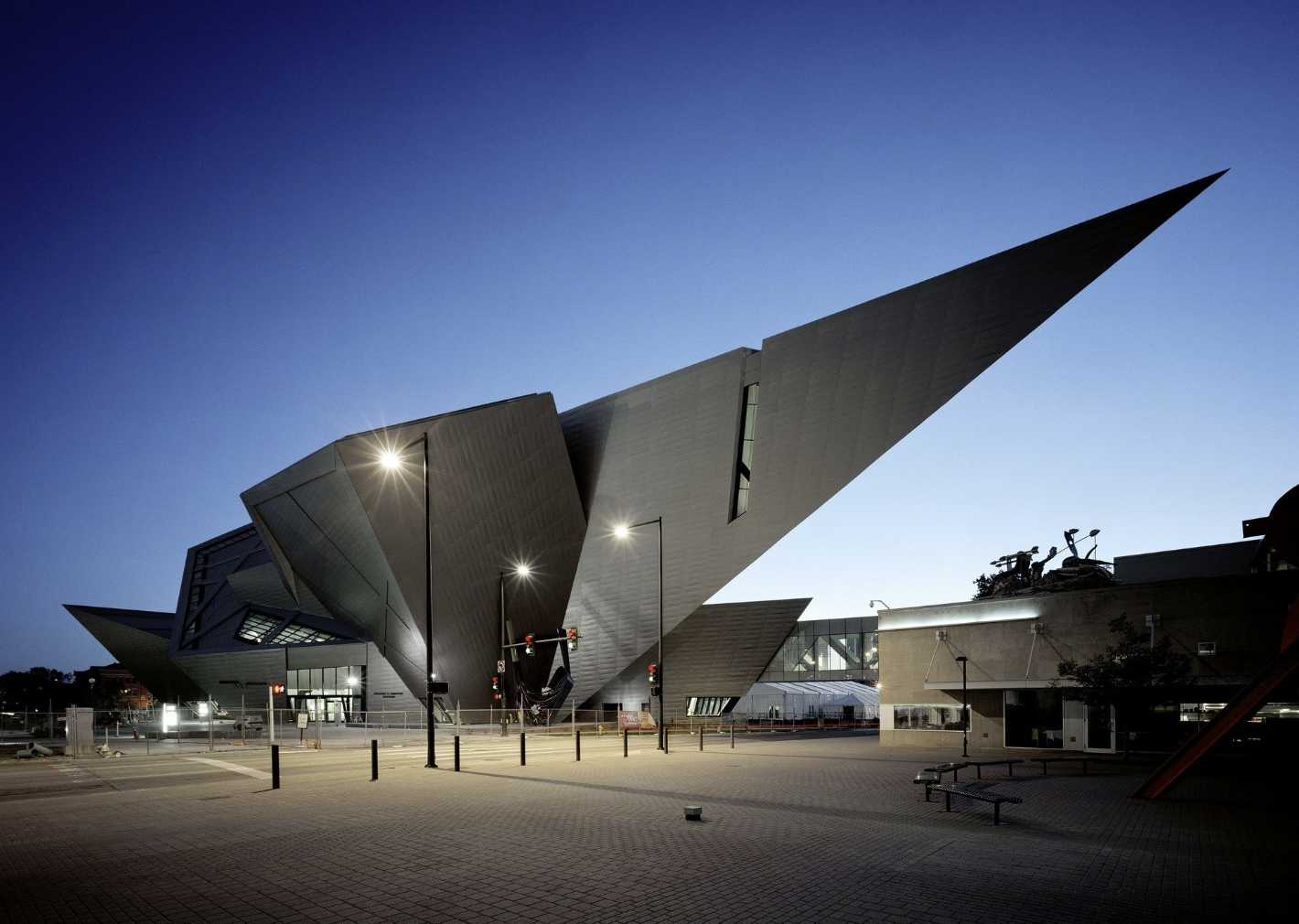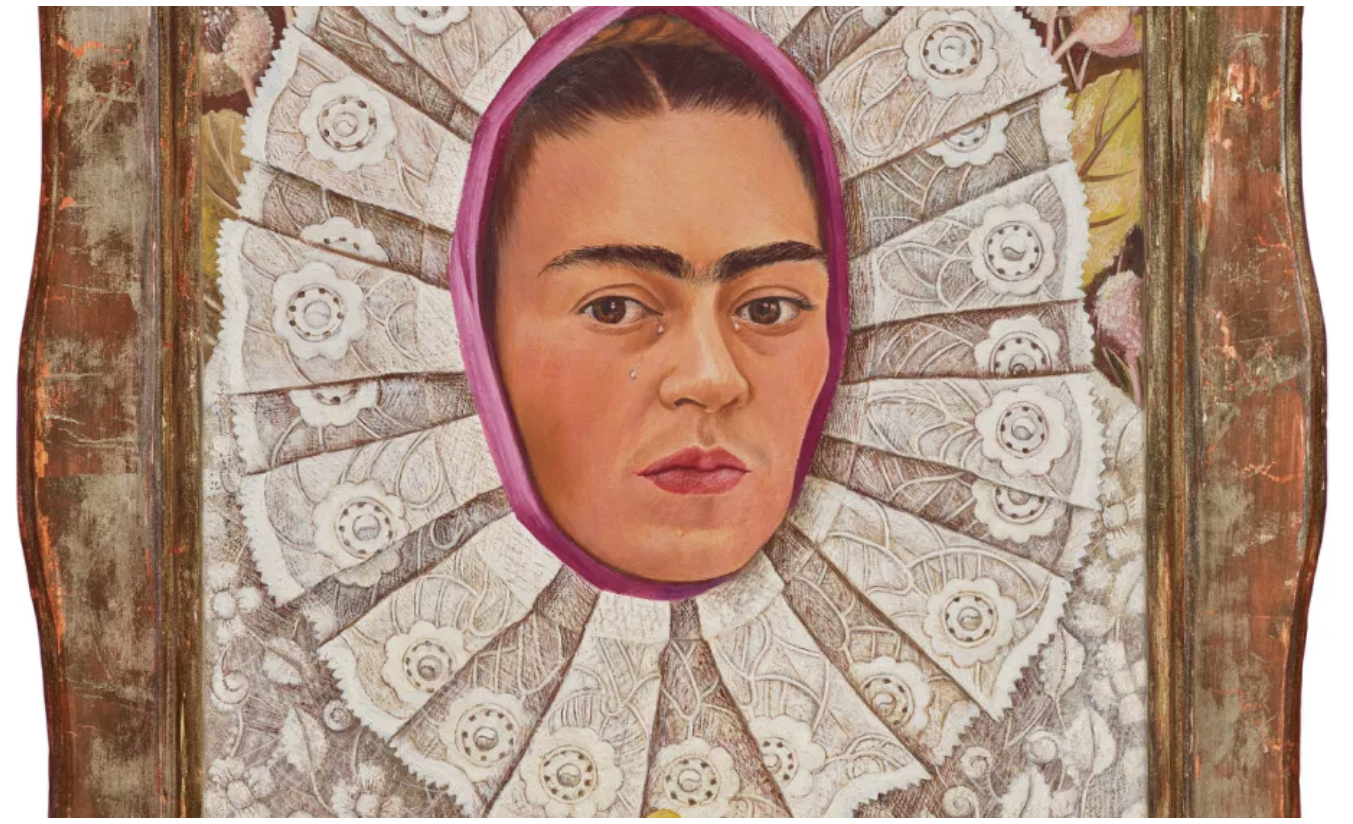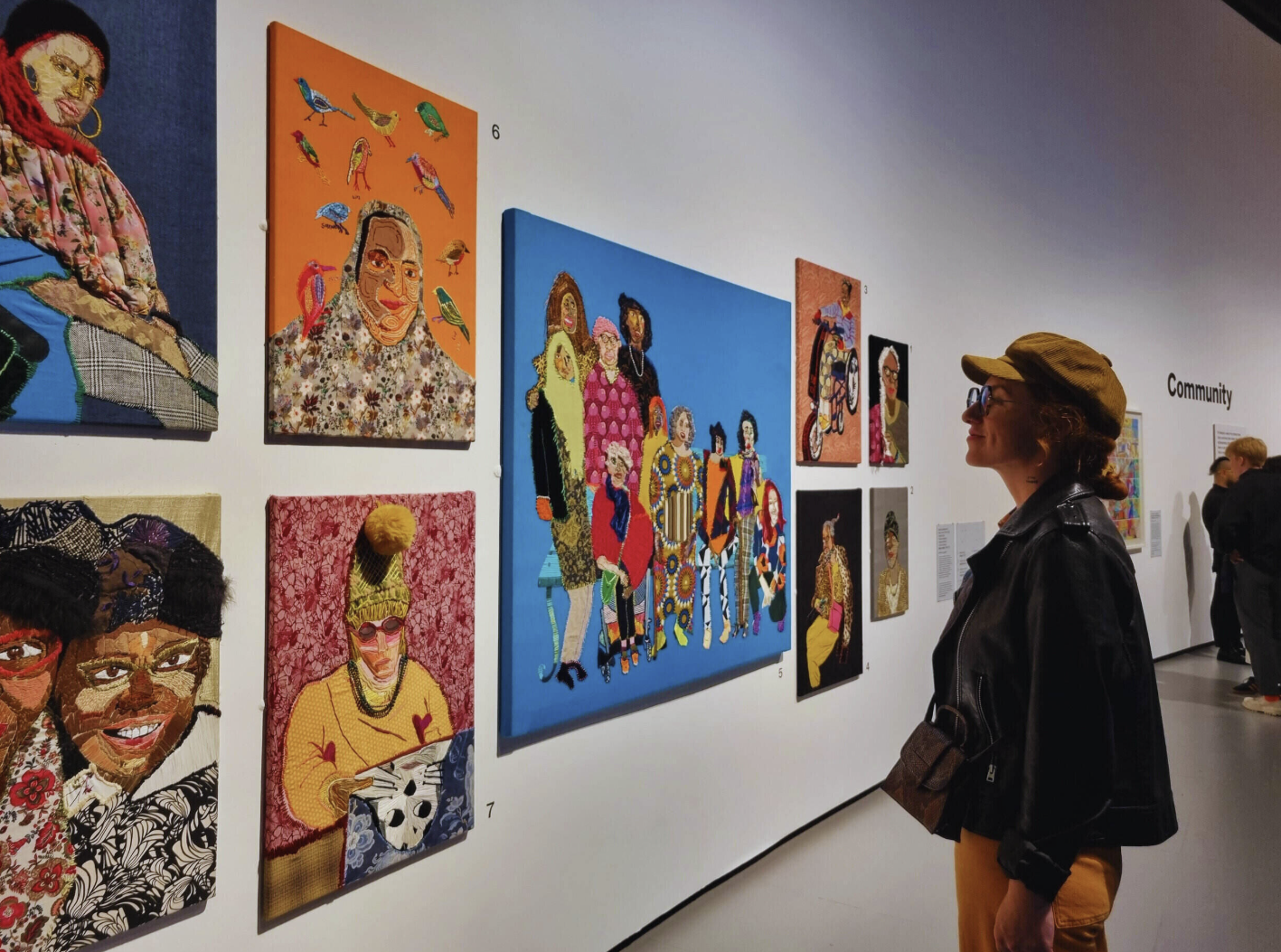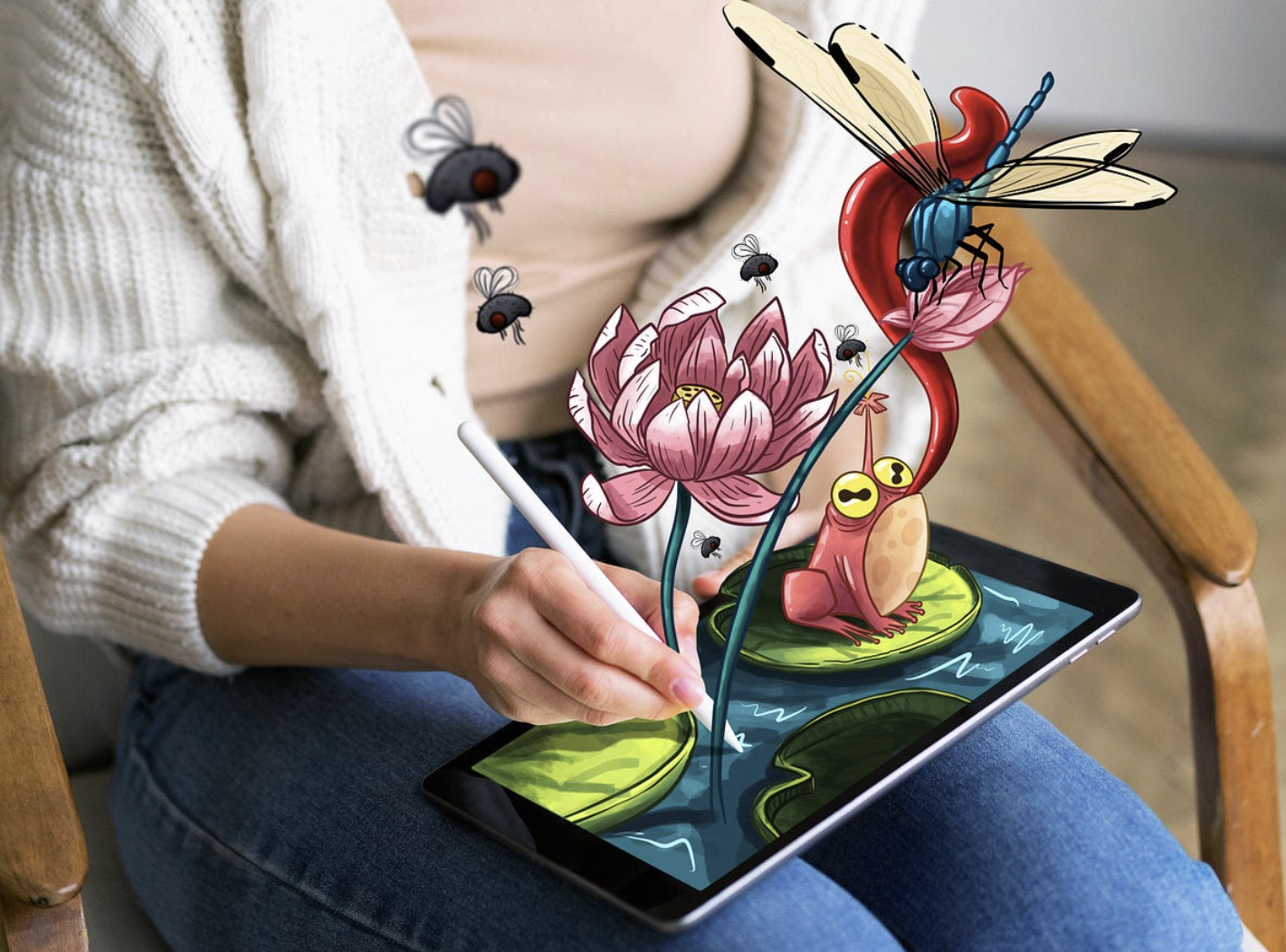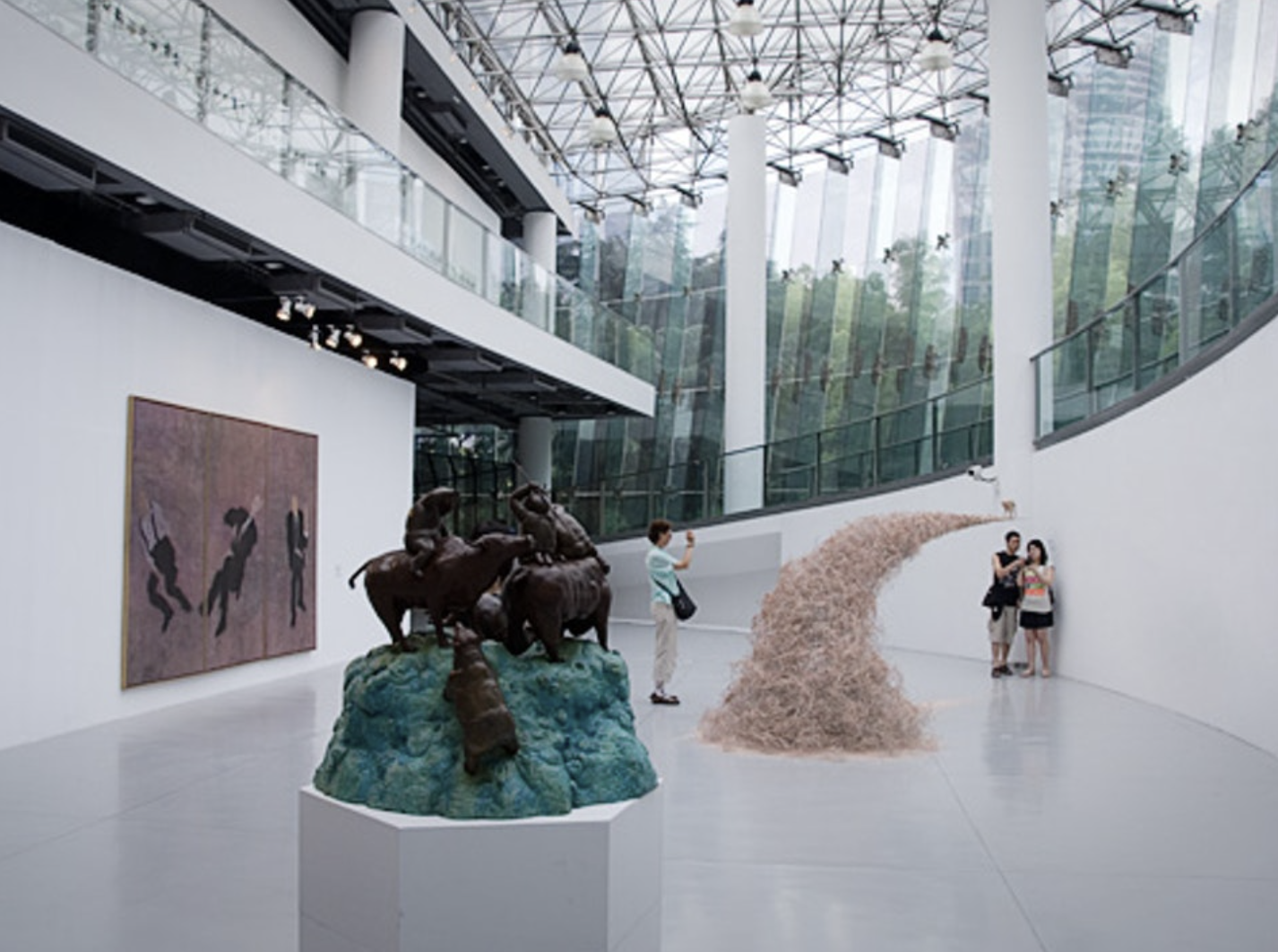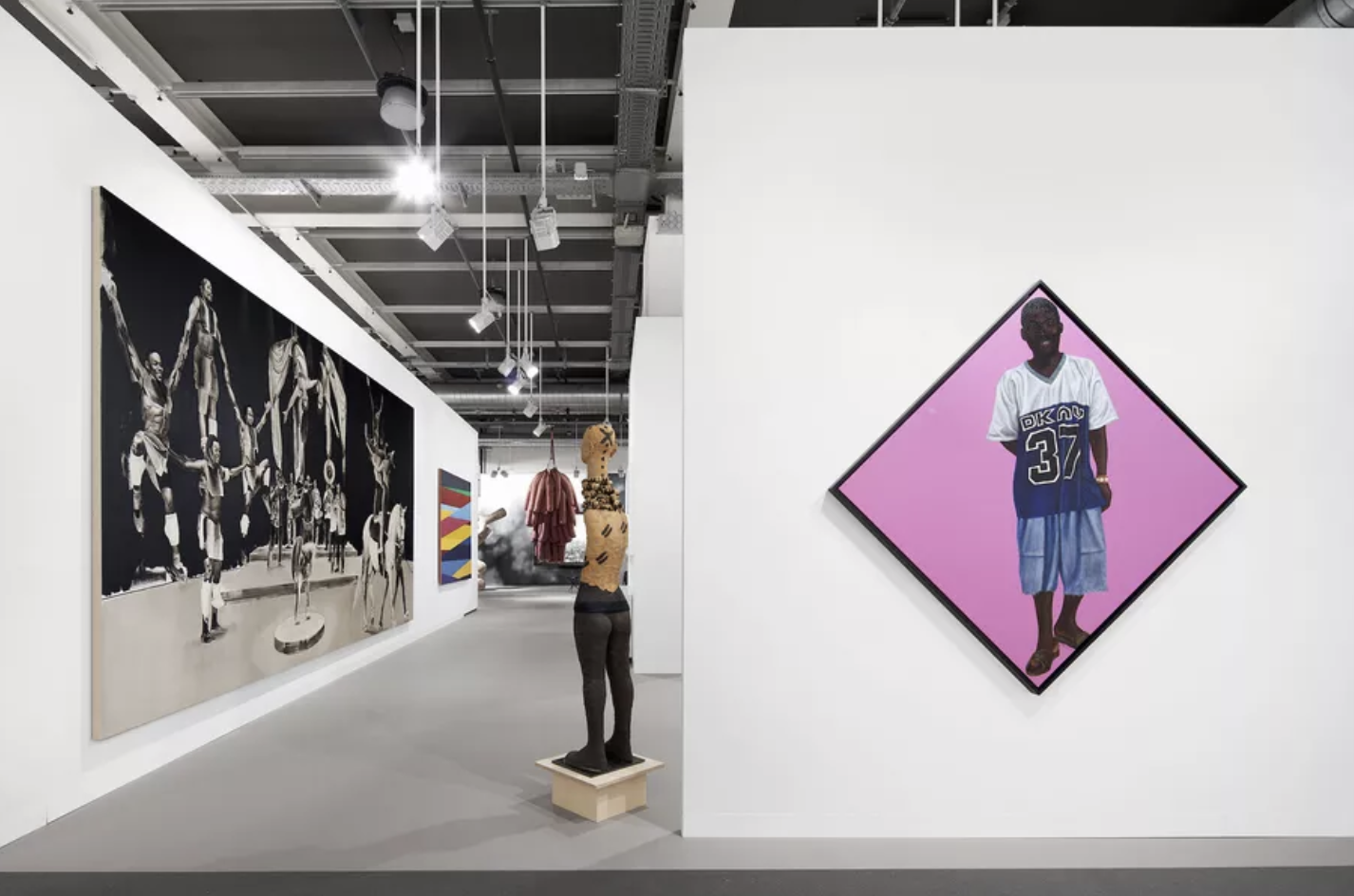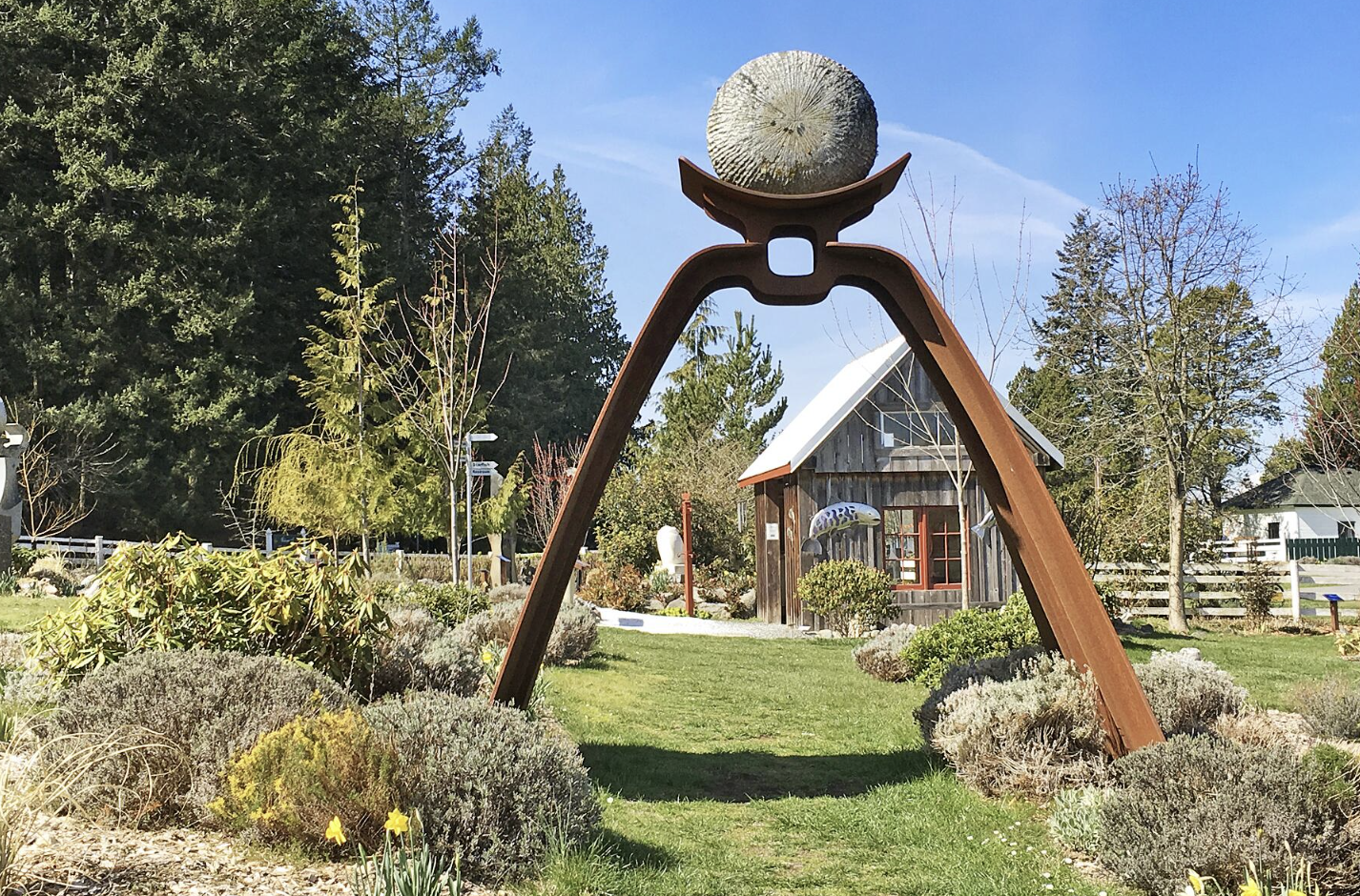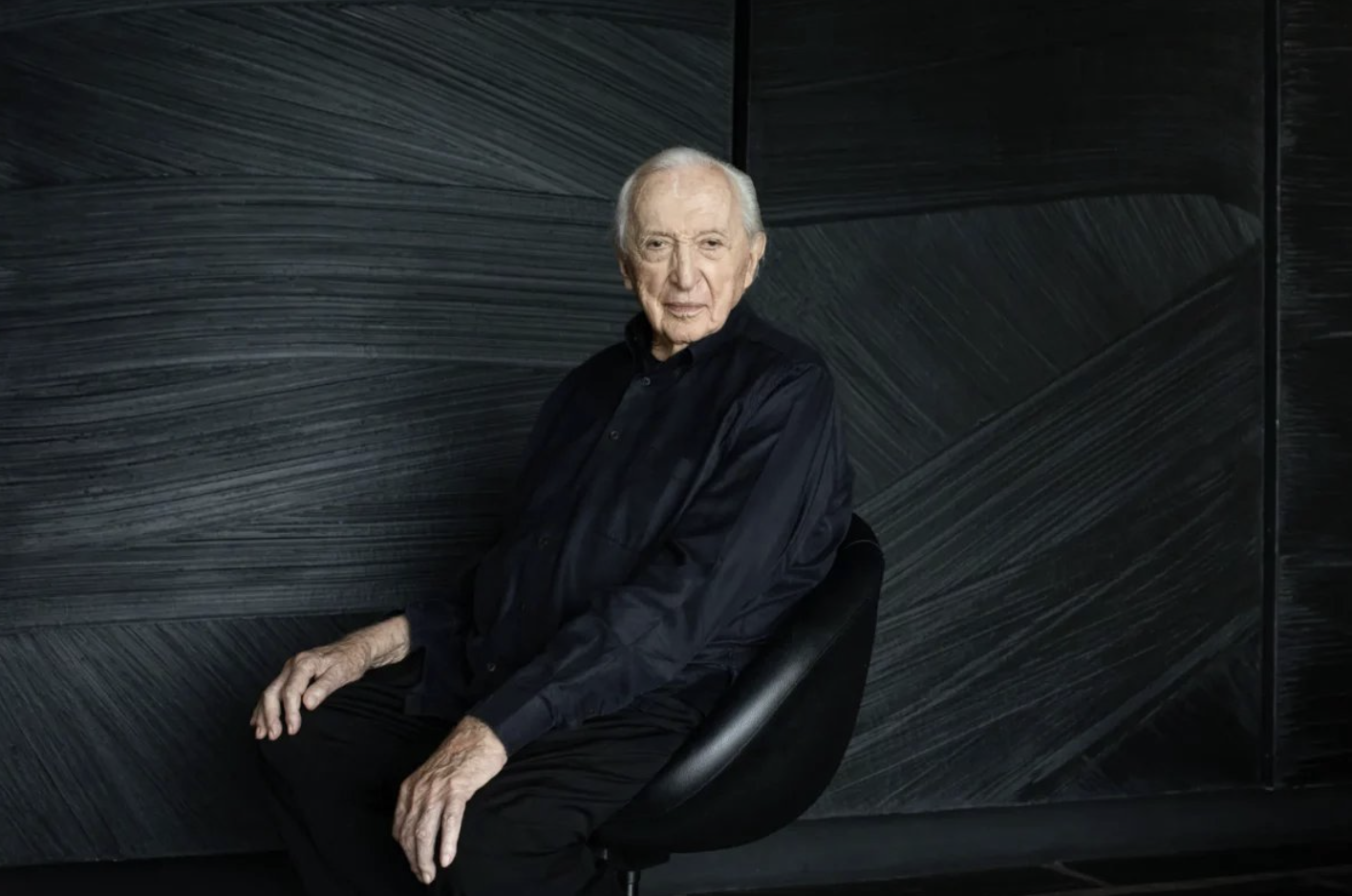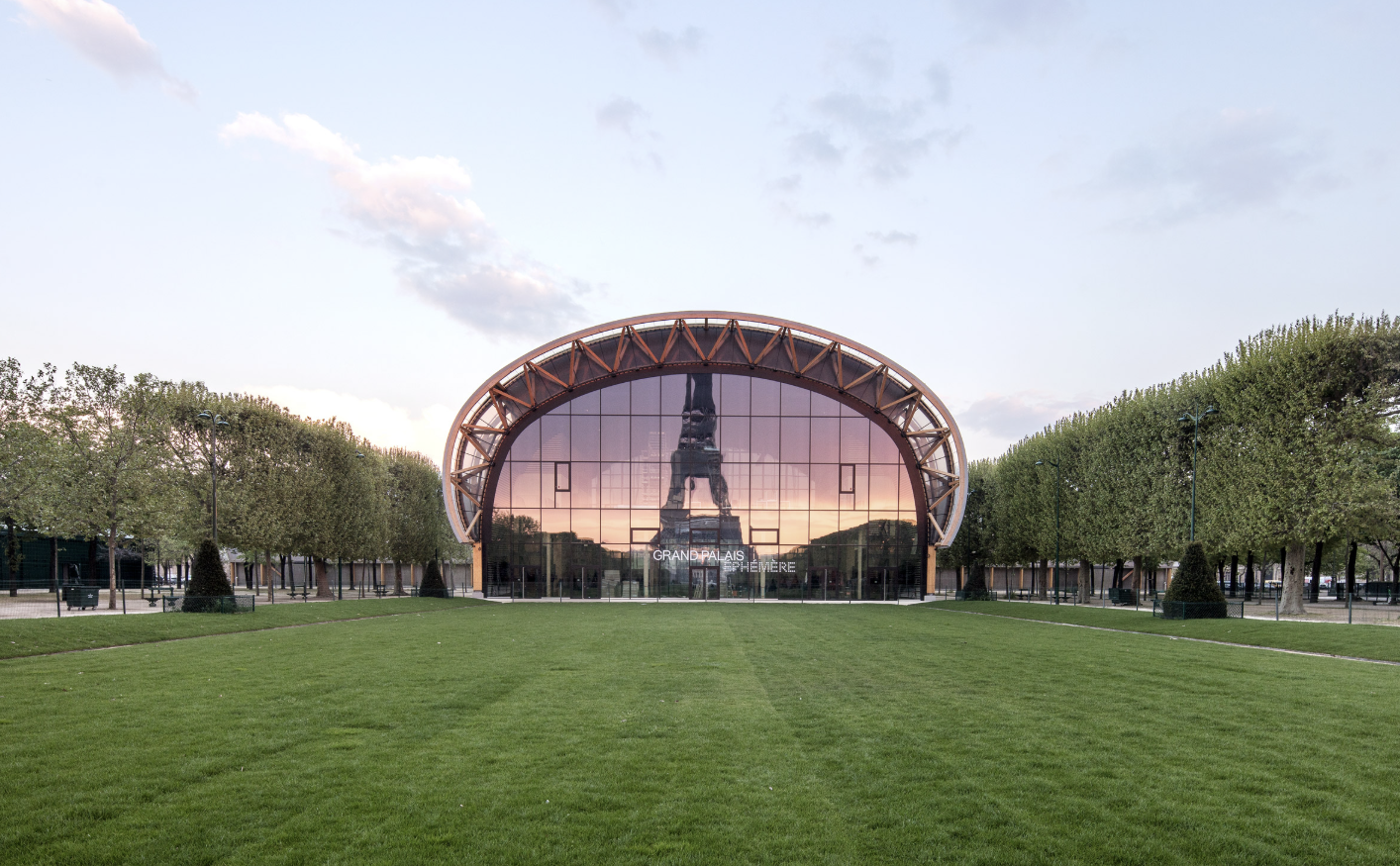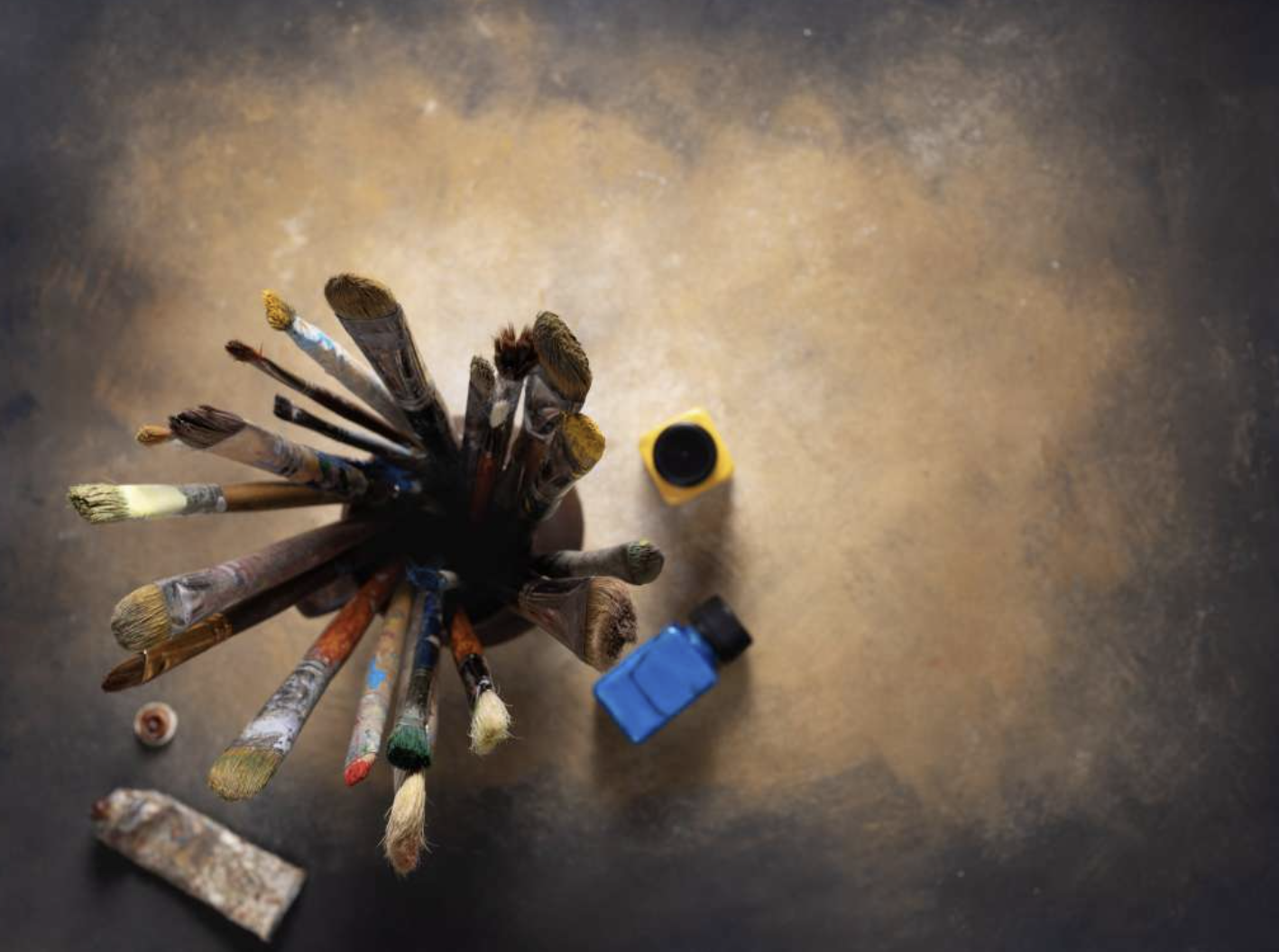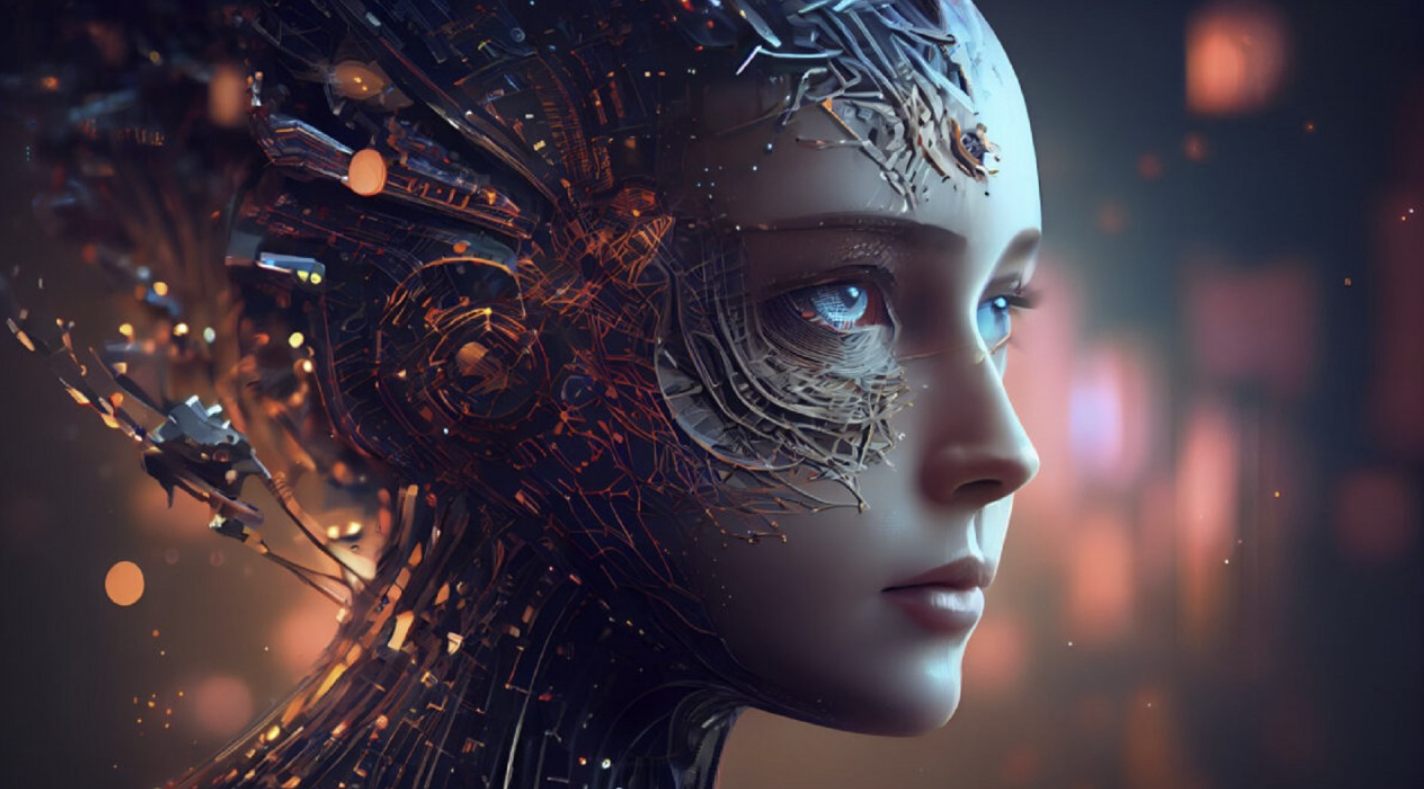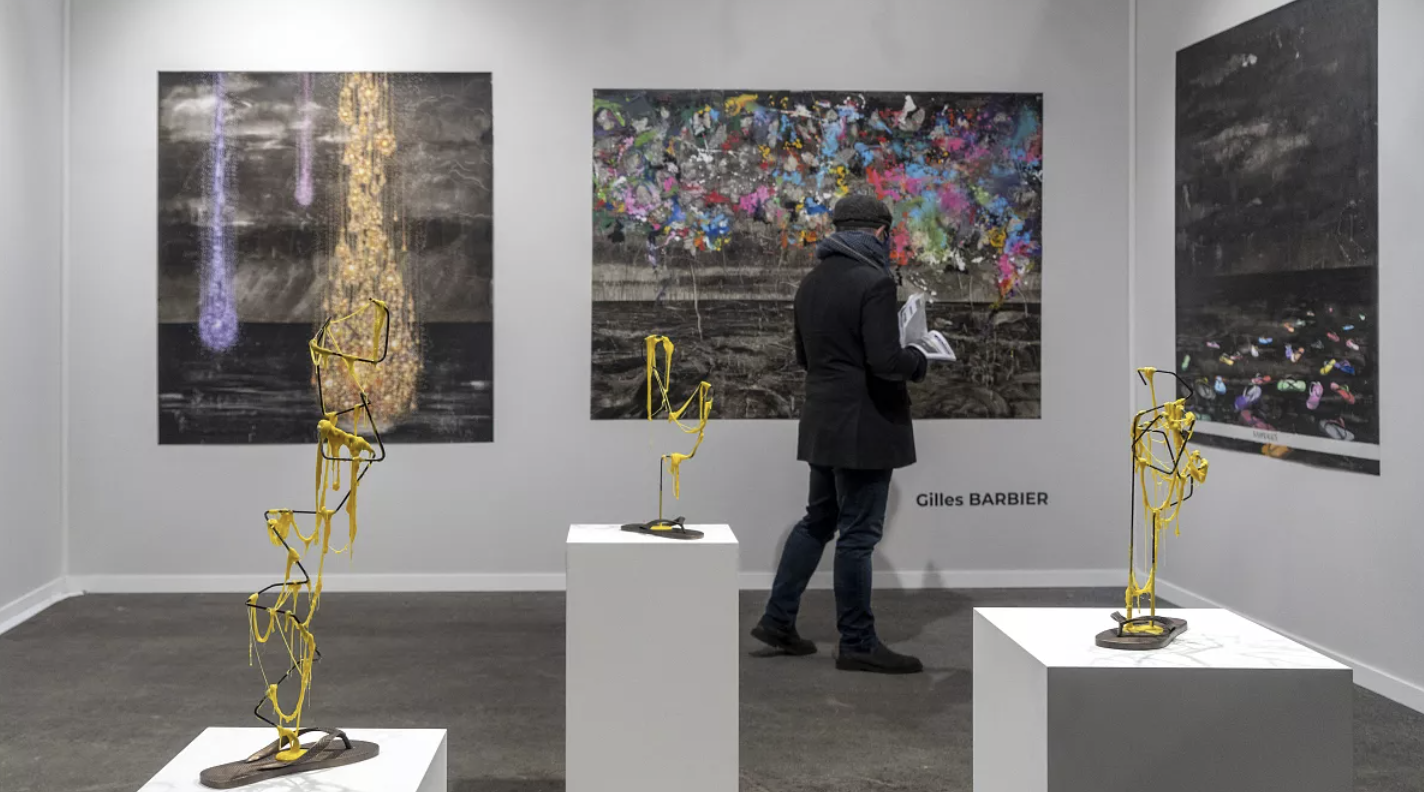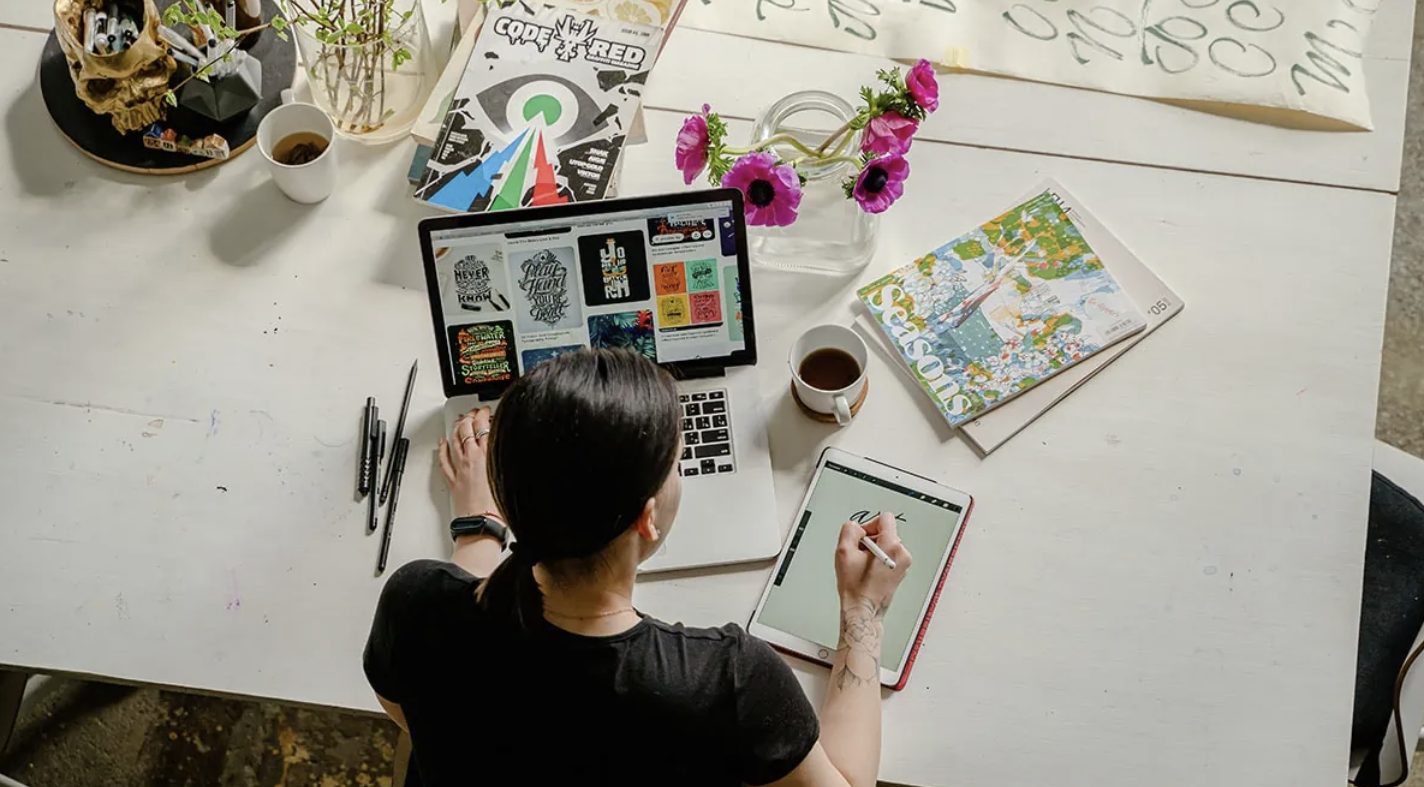
Digital art has become a central topic in the art world, especially with the recent rise of NFTs and crypto art. However, what many may not realize is that digital art isn’t a recent phenomenon at all; it has been around for over a century, gradually gaining recognition alongside the advancement of technology.
Digital Art: A Long-Standing Tradition
While digital art has been thrust into the spotlight in recent years, its roots can be traced back to the 1960s. With the rise of computer science and binary code, pioneers like Frieder Nake, a German mathematician, helped to shape the early landscape of computer-generated art. Along with the development of video art by figures like Jean-Christophe Averty, digital art slowly began to make its mark. By the 1980s, the term “digital art” emerged, distinguishing it from traditional mediums such as painting, sculpture, and drawing.
The internet boom in the 2000s made digital art more accessible, both for creation and viewing, giving it a wider audience than ever before.
Is Digital Art Truly Art?
Although digital art is relatively new compared to traditional forms, it has faced skepticism from some critics who question its legitimacy as an art form. Traditional art is tangible, created using physical materials, while digital works often exist only on screens or as files. However, dismissing digital art based on its lack of physicality overlooks the essence of art itself—expression. The goal of art is to communicate the artist’s ideas, emotions, and messages, and digital mediums are simply another tool to achieve this.
The success of cyber art, such as Beeple’s record-breaking NFT sales, proves that digital works can resonate with audiences just as powerfully as traditional art forms.
Finding Common Ground: Digital and Traditional Art
Throughout history, artists have always sought new tools and mediums to express their creativity. Marshall McLuhan’s famous phrase, “The medium is the message,” speaks to the idea that the tools we use for communication shape the outcome of our expression. As technology has evolved, so too has the art world, with digital tools now offering artists new ways to create and connect with their audiences. Many artists who once worked exclusively with traditional methods are now embracing digital techniques, merging the old with the new.
Innovation in Traditional Art
Technology has long played a role in the development of traditional art. For example, oil paints have been used since the 7th century, and the advent of the camera revolutionized the way artists captured the world. The digital camera, an essential tool in modern artistic expression, continues this trend of innovation. So, it’s no surprise that today’s artists are increasingly blending traditional techniques with digital media.
A New Era for Digital Artists
The rise of digital art has ushered in a new generation of creators. Artists who were born into a world of internet connectivity and portable digital devices are now shaping the future of art. This accessibility has not only made it easier for artists to share their work but also provides opportunities to build careers in this rapidly growing field.
Traditional Artists Embrace Digital Techniques
Interestingly, established traditional artists are also exploring the digital realm. For example, British pop artist David Hockney, known for his paintings, has turned to the iPad to create over 100 digital paintings depicting the changing seasons in Normandy. Despite using a new medium, Hockney still feels that the act of drawing, which has existed for millennia, remains timeless.
Similarly, American artist Jeff Koons, famous for his large-scale sculptures, has embraced digital technologies like 3D printing and augmented reality. Koons collaborates with computer scientists and designers to push the boundaries of what art can be, blending traditional techniques with cutting-edge digital tools.
The Divide Between Digital and Traditional Art is Shrinking
The once-clear line between traditional and digital art is becoming increasingly blurred. As more established artists experiment with new technologies, and as the younger generation of digital creators rises, it’s clear that the future of art will be a fusion of both worlds. Rather than seeing them as opposing forces, we can view traditional and digital art as complementary aspects of an evolving artistic landscape.
The debate between digital and traditional art is far from over, but it’s clear that both forms are contributing to the ongoing evolution of the art world.



